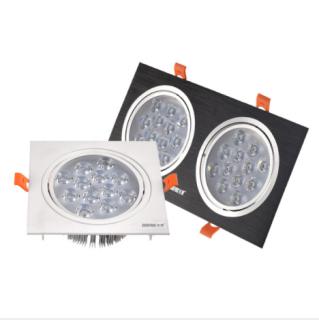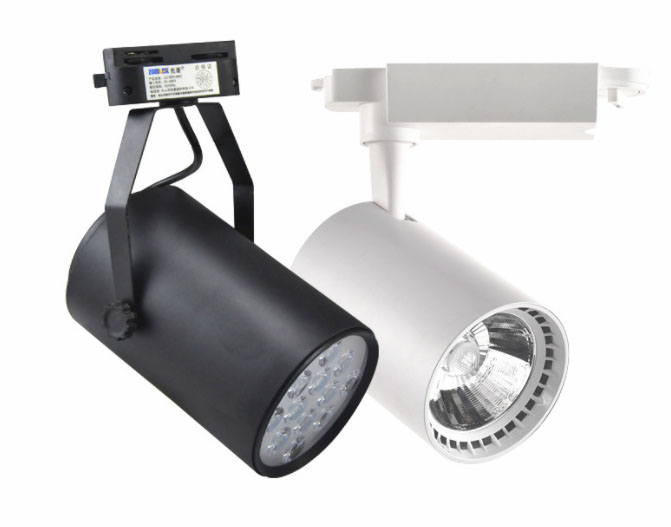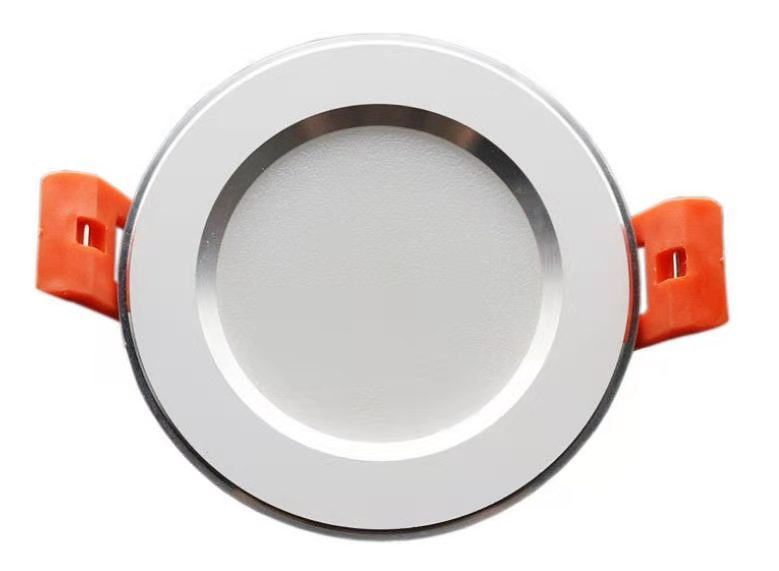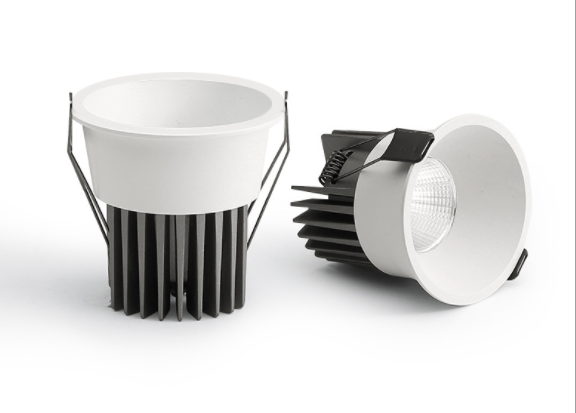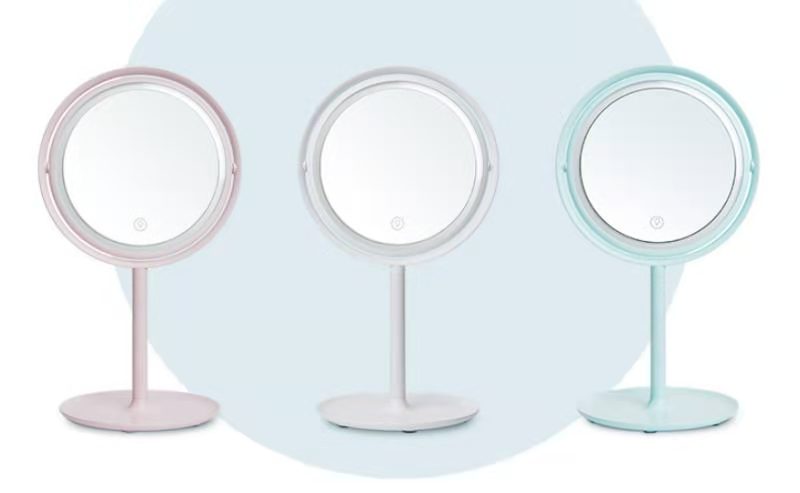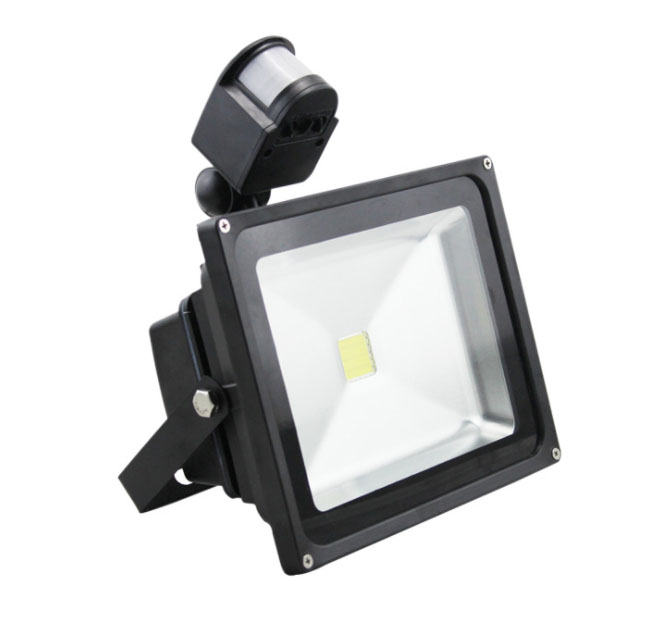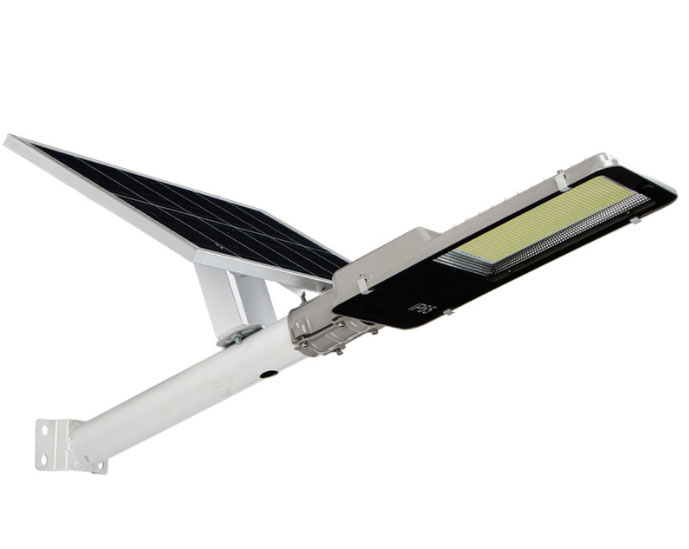Advantages and disadvantages of LED lights
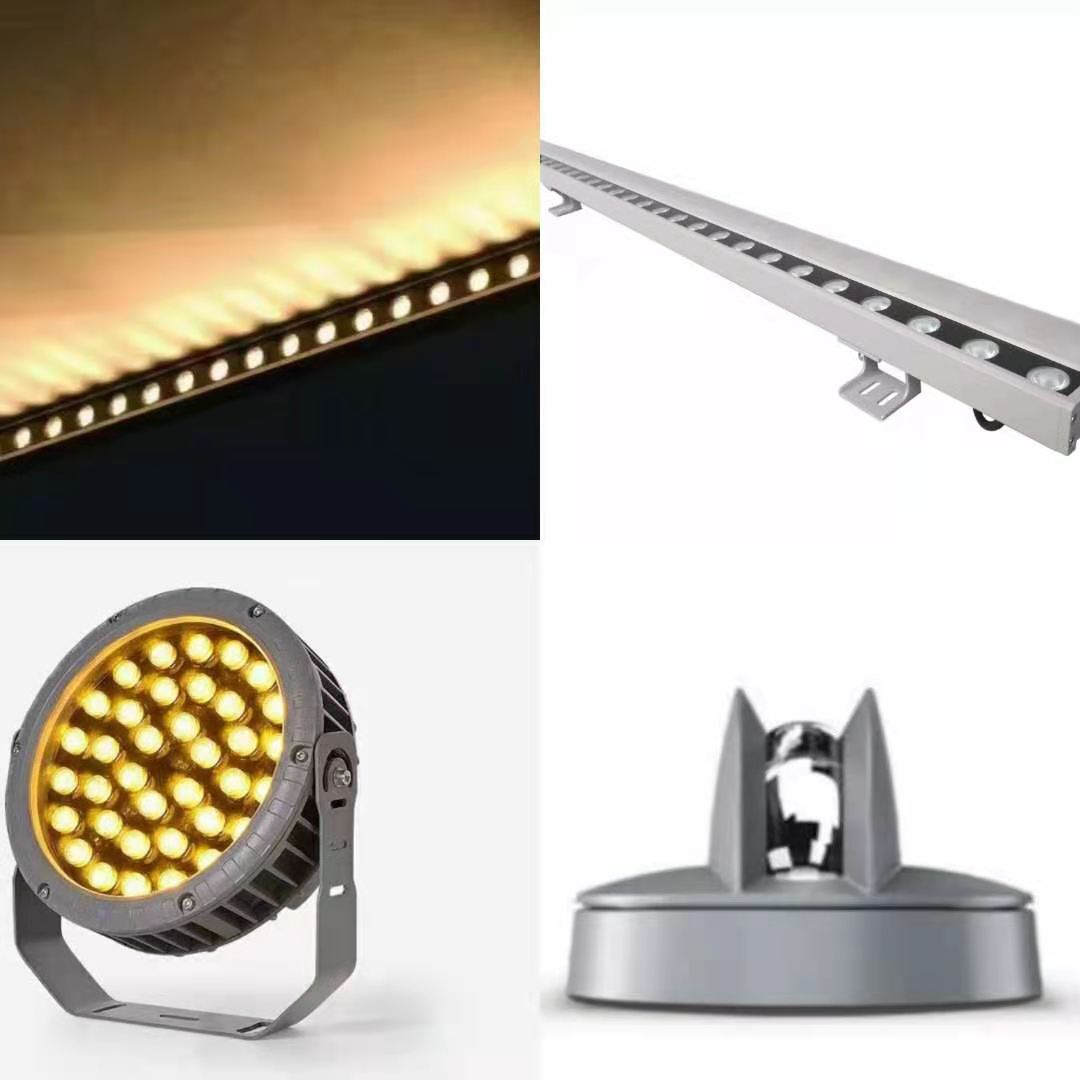
Advantages and disadvantages of LED:
LED advantages:
❶Small size bai
LED is basically a small chip encapsulated in epoxy resin, so it is very small and very light.
❷Low power consumption
LED power consumption is quite low, DC drive, ultra-low power consumption (single tube 0.03-0.06 watts), electro-optical power conversion is close to 30%. Generally speaking, the working voltage of LED is 2-3.6V, and the working current is 0.02-0.03A; that is to say, it consumes no more than 0.1W, and the same lighting effect is nearly 80% energy-saving than traditional light sources.
❸Long service life
Some people call LED light source longevity lamp. It is a solid cold light source, encapsulated by epoxy resin, and there is no loose part in the lamp body. There are no shortcomings such as easy burning, heat deposition and light decay of the filament. Under the appropriate current and voltage, the service life can reach 60,000 to 10 Ten thousand hours, more than 10 times longer than traditional light source life.
❹High brightness, low heat
LED uses luminescence technology, which has much lower heat generation than ordinary lighting fixtures.
❺Environmental protection
LEDs are made of environmentally friendly materials, unlike fluorescent lamps that cause mercury pollution, and LEDs can also be recycled. There is no ultraviolet and infrared in the spectrum, neither heat nor radiation, low glare, cold light source, safe to touch, it is a typical green lighting source
❻Sturdy and durable
LED is completely encapsulated in epoxy resin, which is stronger than bulbs and fluorescent tubes. There is no loose part in the lamp body, so that the LED is not easily damaged.
❼Changeable
The LED light source can use the principle of the three primary colors of red, green and blue. Under the control of computer technology, the three colors can have 256 gray levels and mixed arbitrarily to produce 256×256×256=16777216 colors, forming a combination of different light colors Variety of changes, to achieve colorful dynamic changes and various images.
❽Advanced technology
Compared with the monotonous luminous effect of traditional light sources, LED light sources are low-voltage microelectronic products. It successfully integrates computer technology, network communication technology, image processing technology, embedded control technology, etc., so it is also a digital information product, a semiconductor optoelectronic device "high-tech" technology, with online programming, unlimited upgrades, flexible and changeable Features.
LED disadvantages:
❶Toxic element content
LED lights contain antimony, arsenic, chromium, lead and many other metal elements. Among them, the toxic element content of some LED lights has exceeded the standards established by the regulatory authorities. For example, in the low-brightness red LED lamp, the researchers found that the lead content exceeded the standard by 8 times, and the nickel content also exceeded the standard by 2.5 times.
In fact, in California law, most LED lights have been clearly defined as toxic waste. If they are disposed of by ordinary landfill, they will pollute the soil and groundwater. And if the LED lamp is broken, it may also cause damage to the human health in direct contact. The arsenic, lead, nickel and copper elements in LEDs have serious effects on the human body and the environment.
❷The light-emitting surface is relatively narrow
Because the single light-emitting surface of the LED is relatively narrow, it is usually integrated on the circuit board on a large scale to form a relatively large light-emitting source, which will cause a large amount of heat to accumulate and sometimes break down the circuit board. Therefore, the heat dissipation of the LED light must be good.
❸ Harmful to eyes
What the human eye cannot accept is blue light and UV light (ultraviolet light). Blue light has the ability to kill human eye active cells 10 times that of green light, and UV light has the ability to kill human eye active cells 10 times that of blue light. Long-term exposure A large amount of low-wavelength blue light can kill a large number of active cells in the human eye, and form plaques by carcinogenesis. The formation of LED white light is mainly based on the excitation of phosphors with 450-455NM wavelength blue light. The lower the wavelength, the stronger the firing ability. Usually the wavelength of the LED is factory controlled within 500NM, that is, 450-455NM, or 455-460NM, which is more harmful In the section, if the wavelength becomes larger, the ability to excite the phosphor will decrease and the efficiency will decrease. In order to pursue brightness, people usually increase the blue light intensity of the LED. The longer the lighting time, the faster the phosphor decays, which in turn leads to the stronger the light in the blue band that the human eye touches, which causes damage to the human eye.
Therefore, LED lamps have certain unfavorable factors in the use of road traffic LED navigation instructions, LED street lamps, and LED desk lamps. It is easy for people to feel dizzy and uncomfortable during use, and even long-term use will cause eye damage. , So that the chance of eye disease will be increased.


